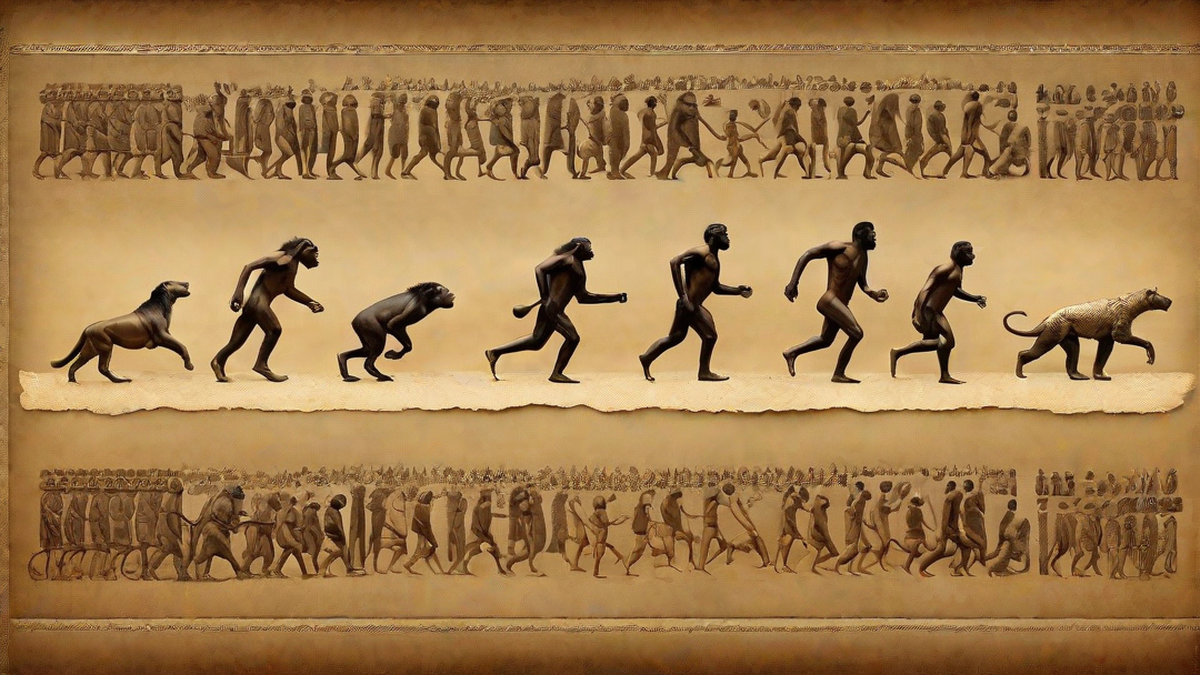When did people start running? It’s a question that might seem simple, but the answer is actually quite complex. As an avid runner myself, I’ve always been curious about the origins of this activity that brings so much joy and health benefits to countless individuals around the world.
To start exploring the history of running, we need to go back thousands of years. Running, in its most basic form, is a natural human movement. Our ancestors had to run for survival, whether it was to hunt for food or to escape from predators. Running was a fundamental part of their daily lives, and it was ingrained in their DNA.
The earliest evidence of organized running dates back to ancient Greece, where running was not only a means of transportation but also a competitive sport. The Olympic Games, which began in 776 BC, featured running events known as “stadion” races, where athletes would sprint the length of the stadium track. These races were a testament to the human capacity for speed and endurance, and they laid the foundation for modern-day track and field events.
However, it’s important to note that running as a recreational activity didn’t really gain popularity until the 1960s. Prior to that, running was primarily seen as something athletes did for training purposes or as a competitive sport. But in the 1960s, a running boom swept across the United States, sparked by the widespread adoption of jogging as a form of exercise.
The jogging movement was championed by runners like Bill Bowerman, co-founder of Nike, and Jim Fixx, author of the best-selling book “The Complete Book of Running.” These individuals popularized the idea that running could be accessible to everyone, regardless of their athletic ability. Suddenly, running wasn’t just for elite athletes; it was a way for everyday people to improve their fitness and overall well-being.
Since then, running has continued to evolve and grow in popularity. It has become a global phenomenon, with millions of people lacing up their running shoes and hitting the pavement or trails every day. From neighborhood fun runs to marathons and ultramarathons, there is a wide range of running events to cater to all levels of ability and interest.
In addition to its physical benefits, running has also been shown to have numerous mental and emotional benefits. It can reduce stress, improve mood, boost self-confidence, and provide a sense of accomplishment. Many runners, myself included, find solace and clarity of mind while pounding the pavement or immersing themselves in the beauty of nature during a trail run.
As I reflect on the history of running, I can’t help but feel grateful for the opportunity to be part of such a rich and diverse community. The running world is filled with individuals of all ages, backgrounds, and abilities, united by their shared passion for the sport. Whether you’re a casual jogger or a seasoned marathoner, running has a way of bringing people together and fostering a sense of camaraderie.
In conclusion, the origins of running date back to our earliest ancestors, who ran for survival. Over time, it evolved into a competitive sport in ancient Greece and eventually became a popular recreational activity in the 1960s. Today, running is more than just a physical exercise; it’s a way to connect with ourselves, with nature, and with the vibrant running community. So lace up your shoes, step out the door, and join me on a journey of self-discovery and empowerment through the simple act of putting one foot in front of the other.

